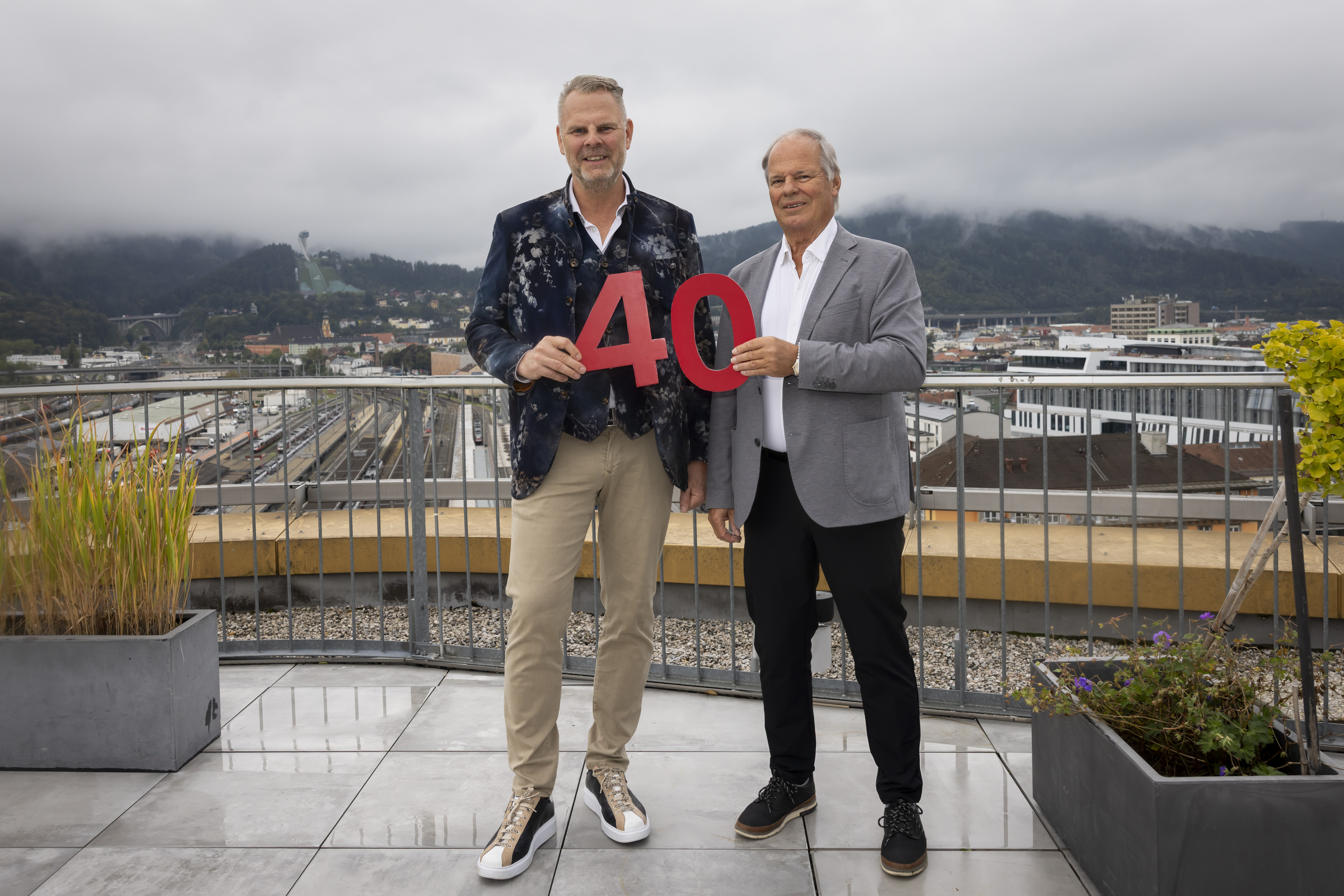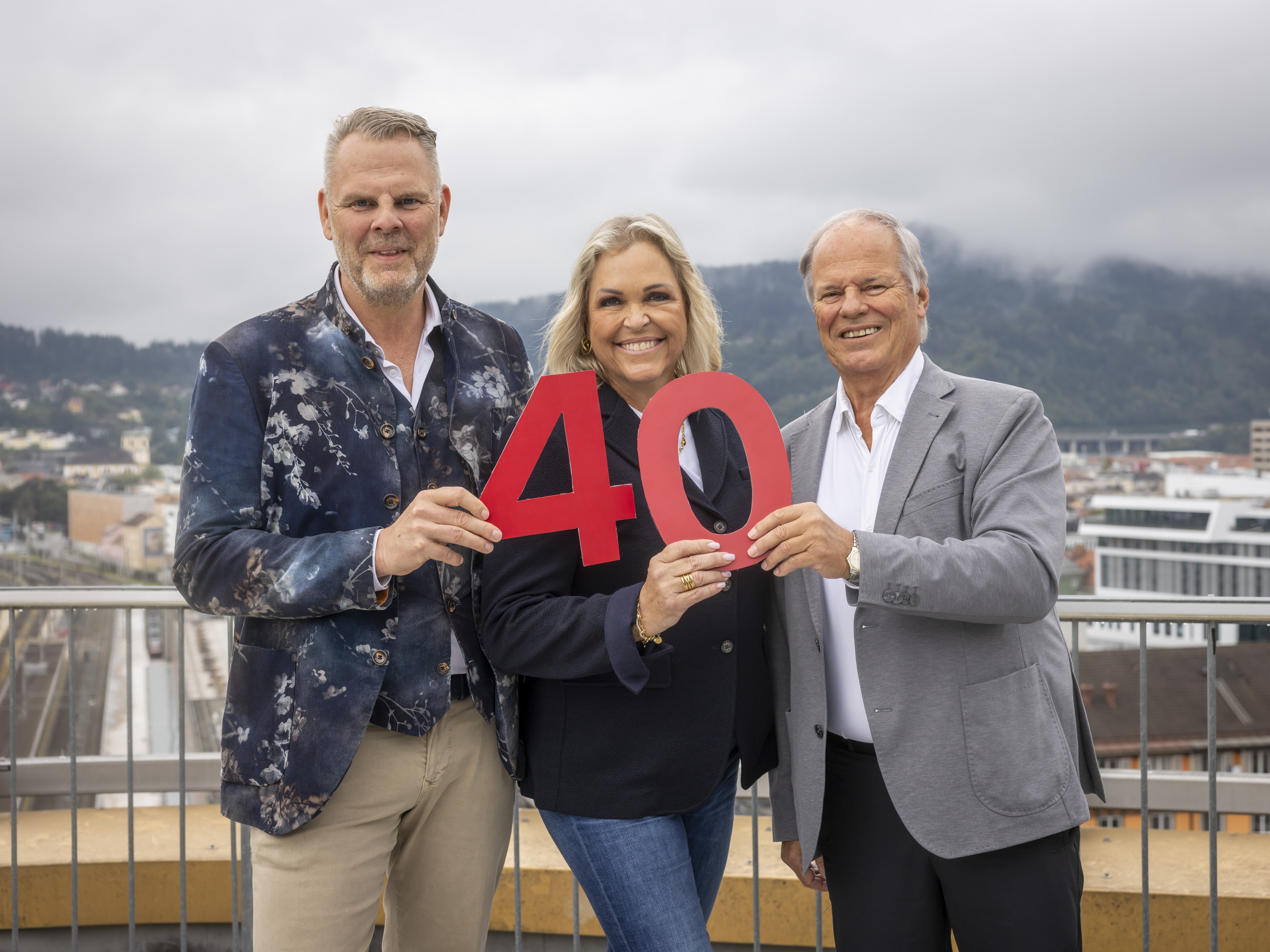Technology push and sales boom
TRAVEL PARTNER celebrates 40 years

Against the trend, Travel Partner invested in comprehensive digitalization and process optimization during the international tourism crisis triggered by the global pandemic. “This modern system now provides our hotel partners with access to a highly efficient international distribution network. For the hotel industry, this means greater reach and reduced administrative effort,” says Poot, pleased with the company’s current development. While revenues in 2024 amounted to €44.7 million, the company expects a 40% increase this year to around €60 million. Based on current advance bookings, another significant rise in revenue is already projected for 2026. At present, Travel Partner generates more than 220,000 guests annually and employs around 85 staff members across several locations in Austria (Ellmau, Schwaz, and Vienna) and Germany (Rosenheim).
Summer trend: Shorter stays, growing demand for all-inclusive
According to Poot, the use of new technologies makes market trends much easier to identify: on average, guests today stay only around three and a half nights per trip – a noticeable decline compared to previous years. At the same time, many travelers are investing more deliberately in quality and are increasingly booking higher-end accommodations. “We are seeing that especially in summer, all-inclusive packages are becoming more and more popular because they allow for a clear calculation of the holiday budget,” says Poot. In contrast, guests at traditional hotels tend to cut back on extras such as drinks or additional services.
High price awareness, earlier travel planning
Booking behavior has also changed: many guests are making their holiday decisions earlier in order to secure their preferred hotel and travel dates while taking advantage of early booking discounts. Poot explains: “Hoteliers who enter the market too late and without a broad distribution presence not only miss out on valuable bookings – guests will instead choose those properties that are visible and easy to find early on.” Price levels in many places have reached their limit, while competing destinations are increasingly vying for the same guests with attractive offers. Especially in summer, alpine regions remain classic choices for many travelers as a second or even third holiday. According to Poot, the rise in price sensitivity is also linked to the fact that accommodation costs have increased by around 30% over the past four to five years. “In this environment, it is no longer enough just to be present. Success requires a clear positioning, visible added value, and a broad distribution strategy to capture guests’ attention,” says Ronald Hulsebosch, co-founder and partner of Travel Partner.
Winter Trend 25/26: Strong demand meets shorter seasons
According to Poot, data analysis clearly shows that alpine winter seasons are changing. Not least due to climatic developments, demand from March onward is expected to decline significantly in the long term, leading to shorter winter seasons overall. Nevertheless, winter holidays in the Alps remain very much in trend. Current bookings at Travel Partner already indicate rising demand for the 2025/26 winter season, particularly in the months of December through February. Poot expects interest in winter travel to continue shifting toward these core months, while spring skiing offers will increasingly come under pressure.





